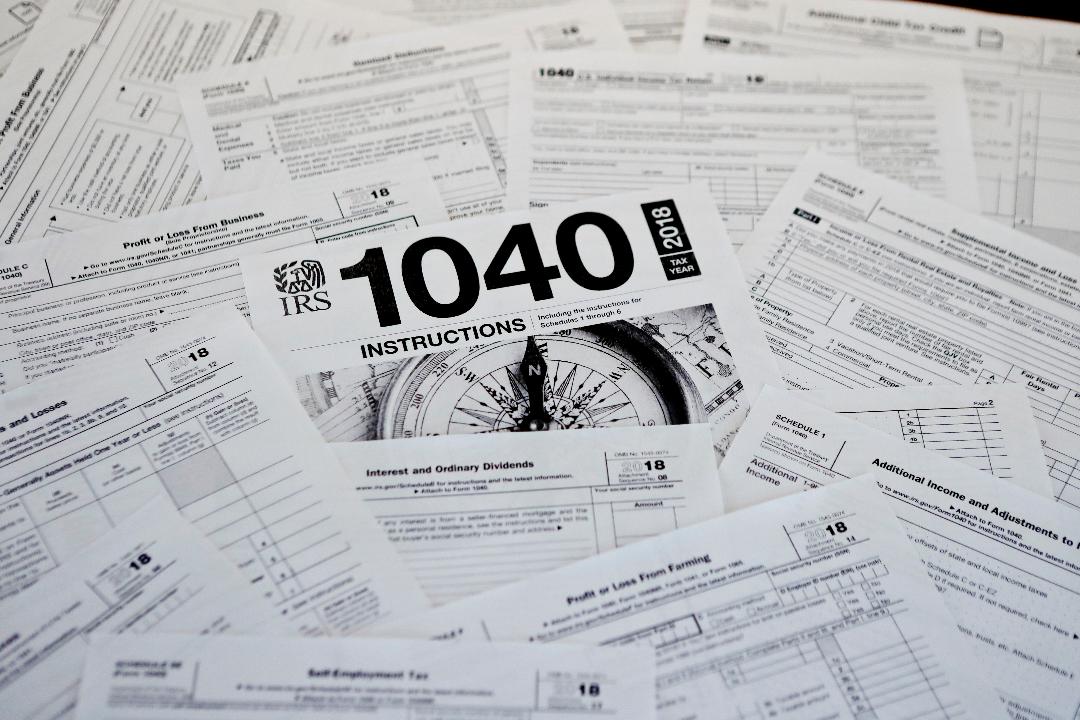Taxpayers still outraged over IRS refund amounts as tax deadline draws near
Refund amounts this tax season – the first filing under the Tax Cuts and Jobs Act – have been a huge point of contention for taxpayers, despite the administration’s efforts to explain why there may be discrepancies between this year’s check and last year’s.
A number of hashtags have popped up across social media, including #TaxScam, where taxpayers have voiced frustrations about how they think the new tax law has affected what they owe.
Early in the season, tax refunds were down double digits when compared with last year. However, they soon caught up and are currently on par with last year’s figures.
Overall, IRS Commissioner Charles Rettig said the average refund, as of April 5, was $2,388, compared to $2,864 during the comparable period last year.
As of the end of March, however, the IRS had issued $6 billion less in total refunds when compared with last year.
Rettig was questioned about average refund amounts during testimony before the Senate Finance Committee on Wednesday – and why some people may be receiving lower refund amounts this year when compared with last.
While noting that the IRS is a tax administrator, and doesn’t message the “why’s” and “how’s” behind statistics, the IRS chief said “we are more or less on par with where we were last year.” He also agreed with lawmakers that it would not be possible to know what an individual’s tax burden is simply by looking at his or her refund.
Due to the implementation of the new tax law and updated withholding tables, Rettig said a good portion of taxpayers – like married people or those with concurrent jobs – should have updated their withholding amounts. All taxpayers were urged to do so throughout the year, and failure to update could even mean some people owed the IRS for the first time.
CLICK HERE TO GET THE FOX BUSINESS APP
Lower refunds might not necessarily be a bad thing. It indicates you did not overpay taxes during the year.
The overall result of the new tax law is that about 80 percent of filers should still see a net tax benefit. However, that could be reflected in higher take home pay instead of a large refund from the IRS.




















